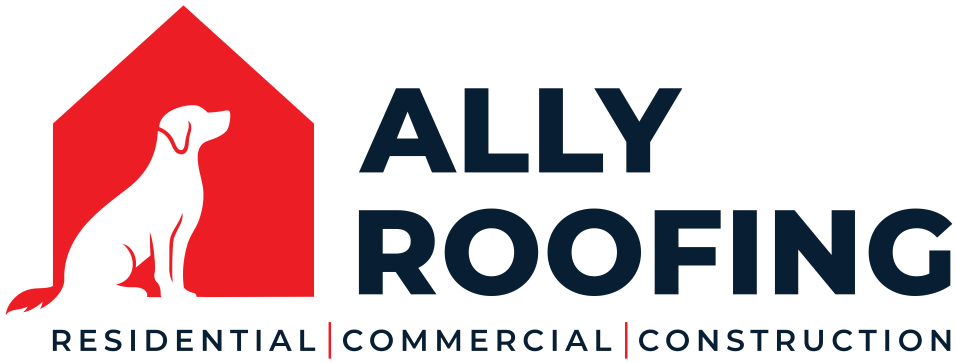Attic fires only represent about 2% of all residential fires. This does not make them any less serious than any other. That still leaves an average of 10,000 attic fires in residential structures every year. Most homeowners do not keep a smoke alarm setup in the area. This can actually make an attic fire extremely dangerous. You may not even know the attic has caught fire until it spreads through the roof and into the living area.
How They Start
Typically, an attic fire is ignited due to faulty wiring or failing electrical equipment. Exposed wiring can also spark a fire in the insulation. In order to prevent these types of fires it is advised to have routine roofing inspections.
Some dry stored items can ignite if the level of heat inside the attic reaches a certain point. It is advised to move these items to a safer, dryer, cooler area of the home. This also holds true for batteries, hazardous chemicals, or flammable liquids as well. Left in the attic leaves the risk of possible combustion leading to an attic fire.
What to Do
In the event of an attic fire, you may first be alerted to its presence from smoke in your home. If you’re unable to determine the source of the smoke it is most likely coming from a fire in the attic. An attic fire can spread quickly so it is crucial to evacuate the premises and immediately dial 911.
Attic Fire Restoration
The roof will need to be fixed as soon as possible if an attic fire occurs. This is a very important component and should be looked at by an expert roofer prior to repairs. Do not attempt to do this yourself as the roof has most likely become unstable and may collapse. Homeowners should hold off on all repairs until after an inspection.
The smell of smoke can permeate throughout the attic following a fire. The type of attic fire will determine how difficult it will be to have the odor removed.
Low-Pressure Attic Fire
This type of attic fire damage will cause the smoke residue in your attic to fall and land on the top layer of insulation.
High-Pressure Attic Fire
This type of attic fire damage, also referred to as a low oxygen fire, can penetrate the insulation and structure of the area.
The method used for attic fire damage restoration is as follows:
- Removal of all contents in the attic;
- If High-Pressure, remove all insulation;
- Application of a smoke odor counteractant to the structural material;
- If High-Pressure, clean off heavy soot using a dry cleaning sponge;
- Degreasing of all affected structural surfaces;
- Application of a soot encapsulant to the insulation followed by an odor neutralizing agent;
- Thermal fogging of the entire attic area;
- Sealing off the affected surface areas;
- Application of a new layer of insulation.
Fire departments report that attic fires are responsible for 30 deaths and $500 million in property fire damage annually. Experts highly recommend that homeowners install smoke alarms in the attic. This is to help prevent from becoming a statistic. No one wants to experience an attic fire so plan accordingly.
It always pays to be well prepared for whatever the future brings. This is also why you should have a restoration company you know and trust. Mission Restorations has experts in fire, water, and mold restoration. If ever in need of services, don’t hesitate to call the best damage restoration team in Charlotte and its surrounding areas at 704-727-2000.



